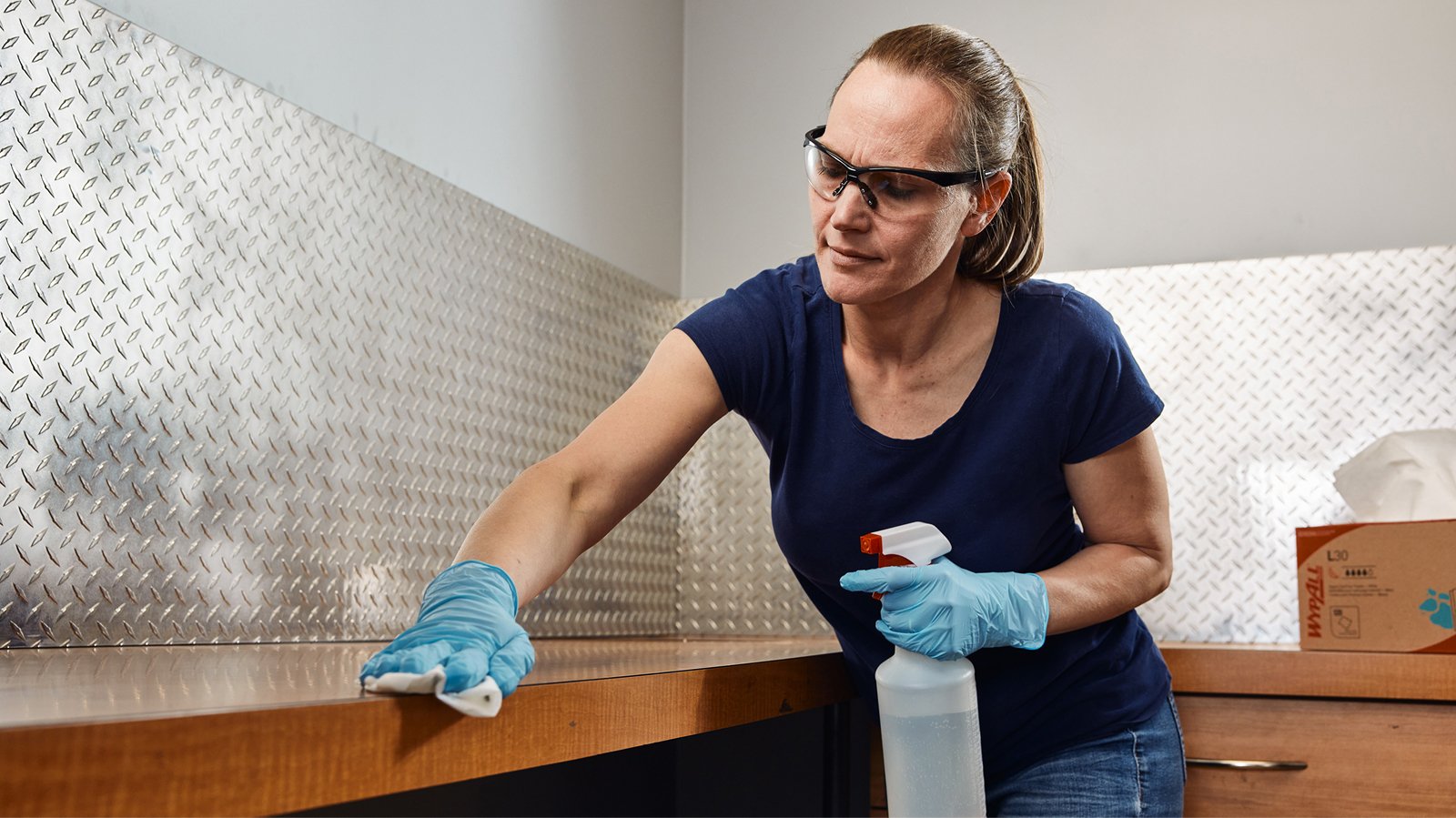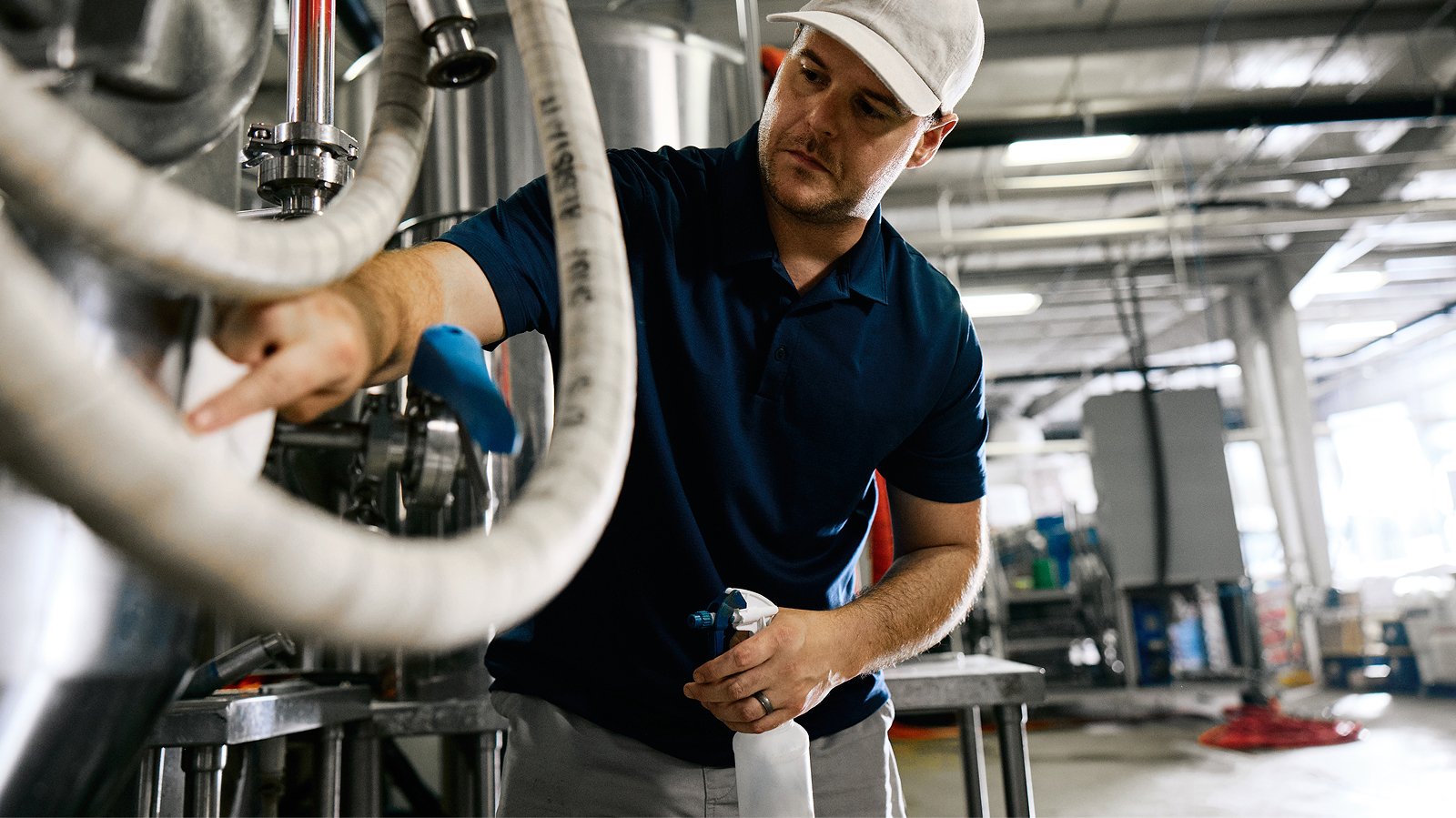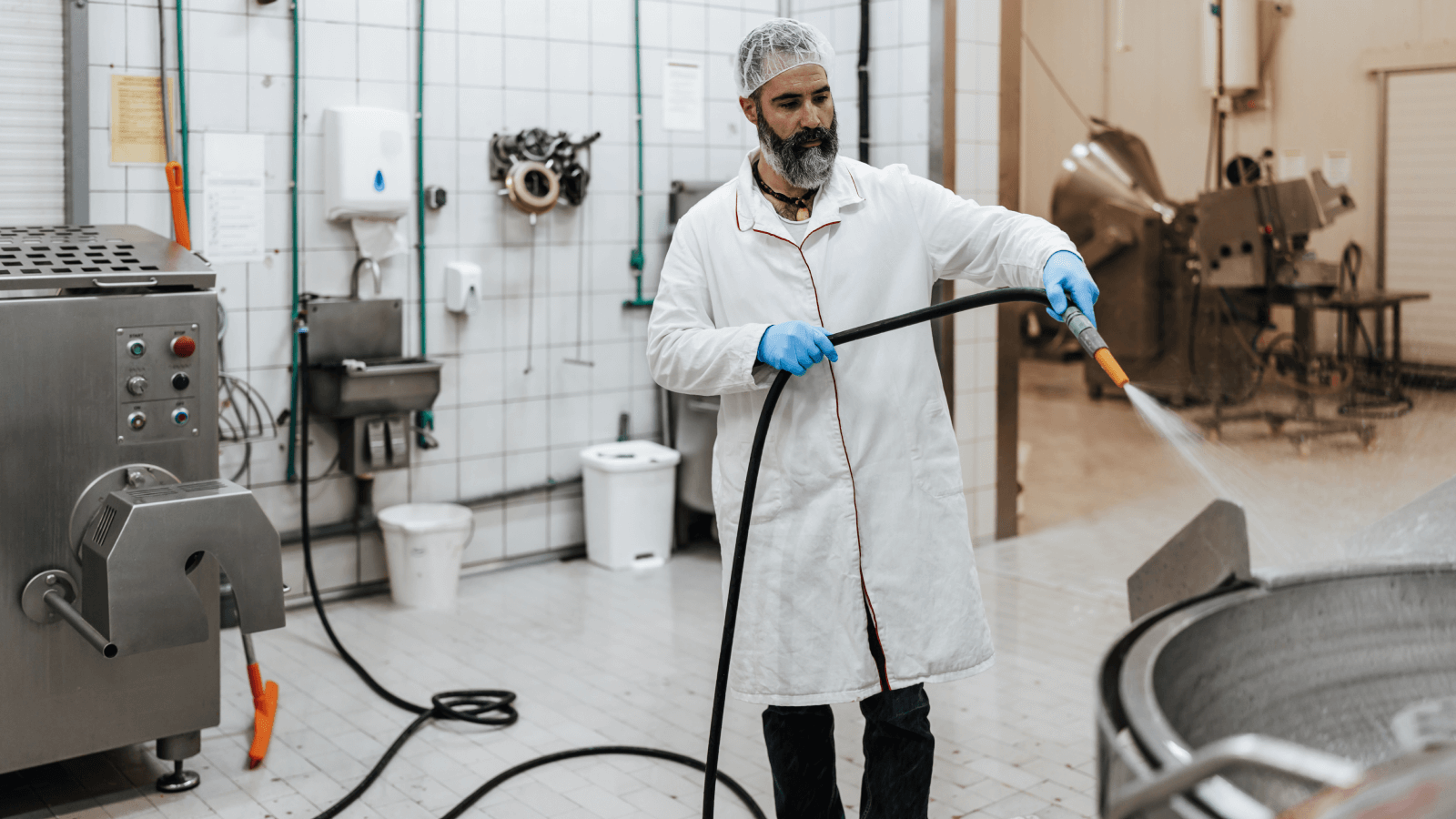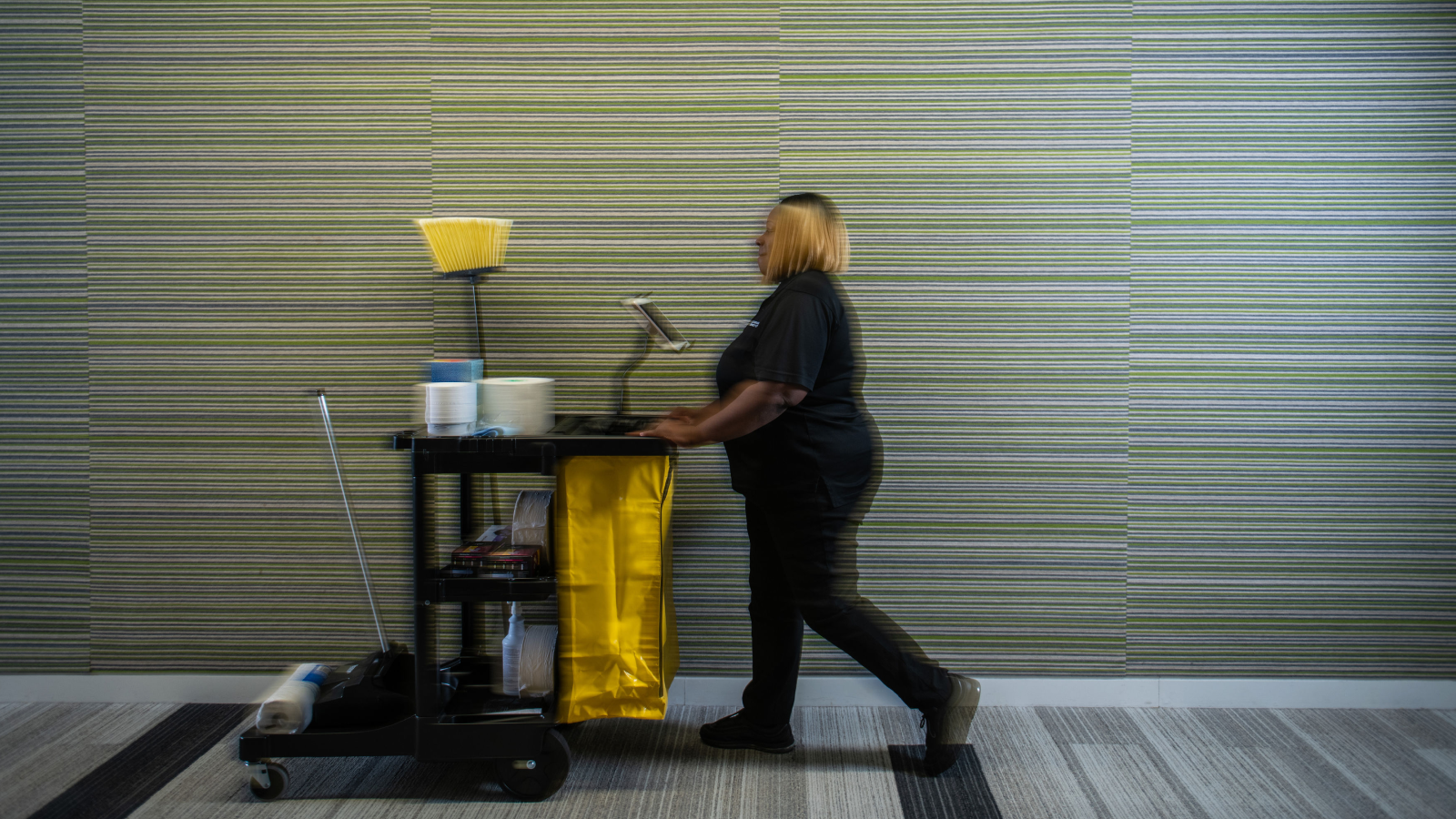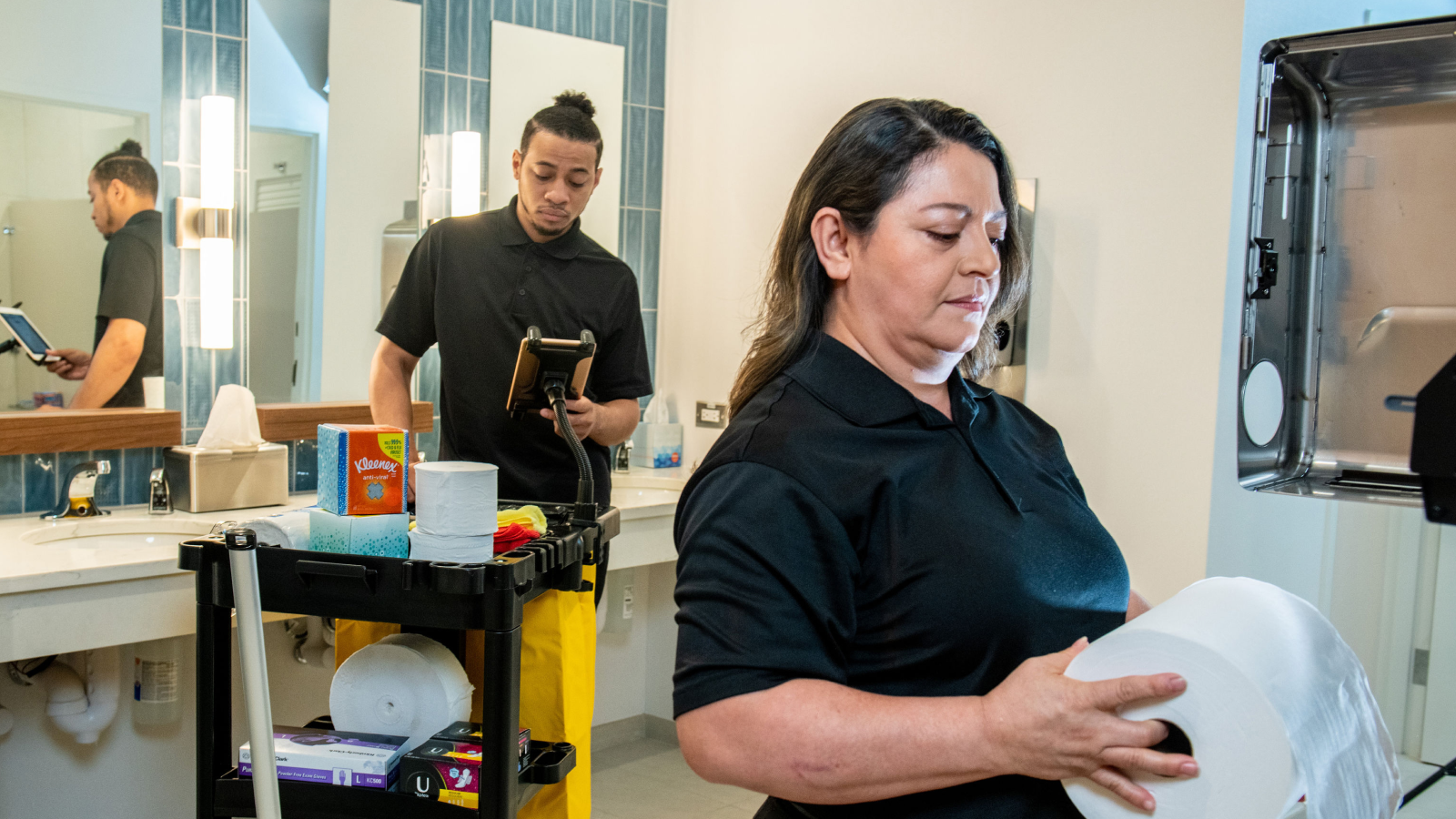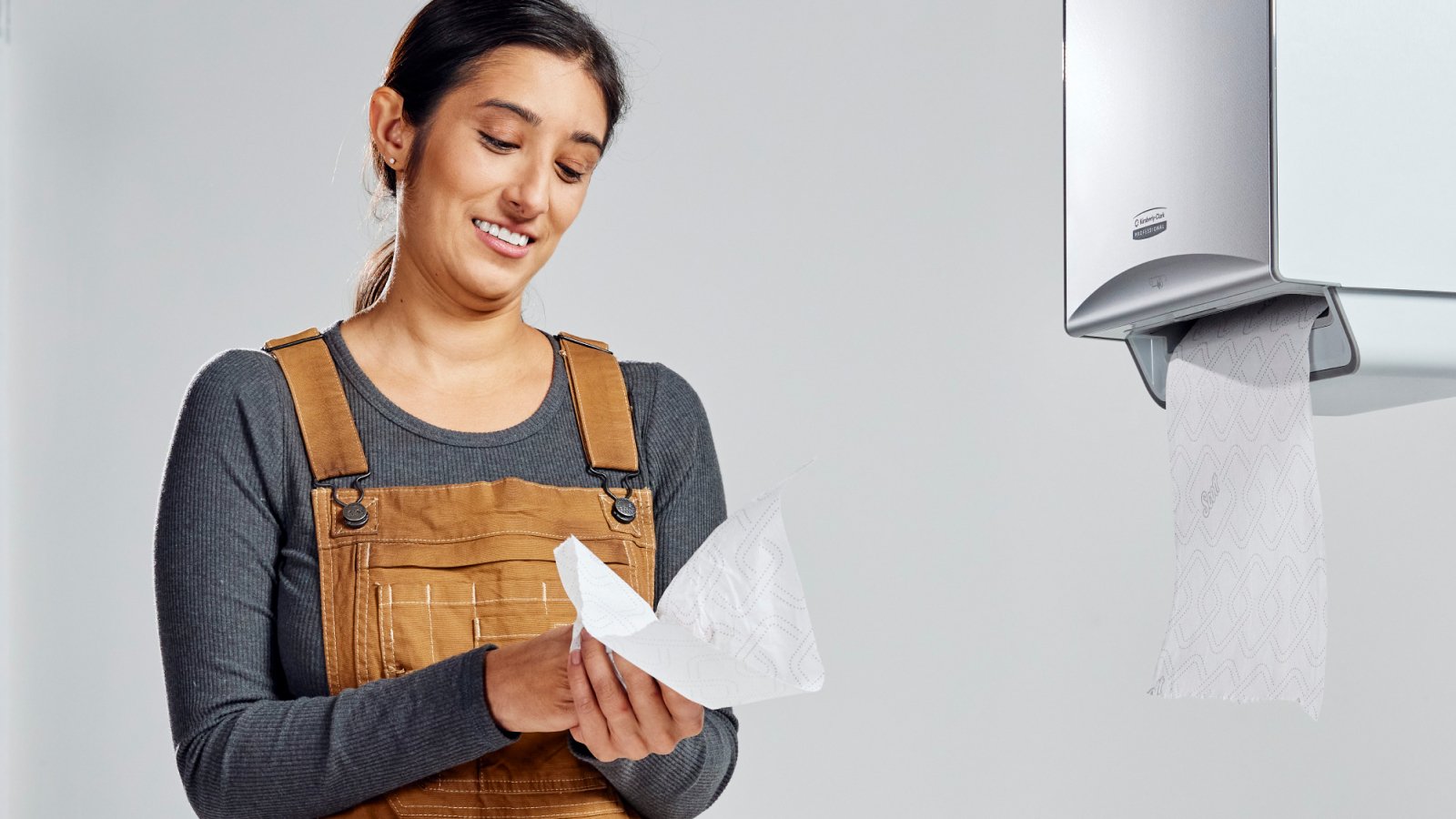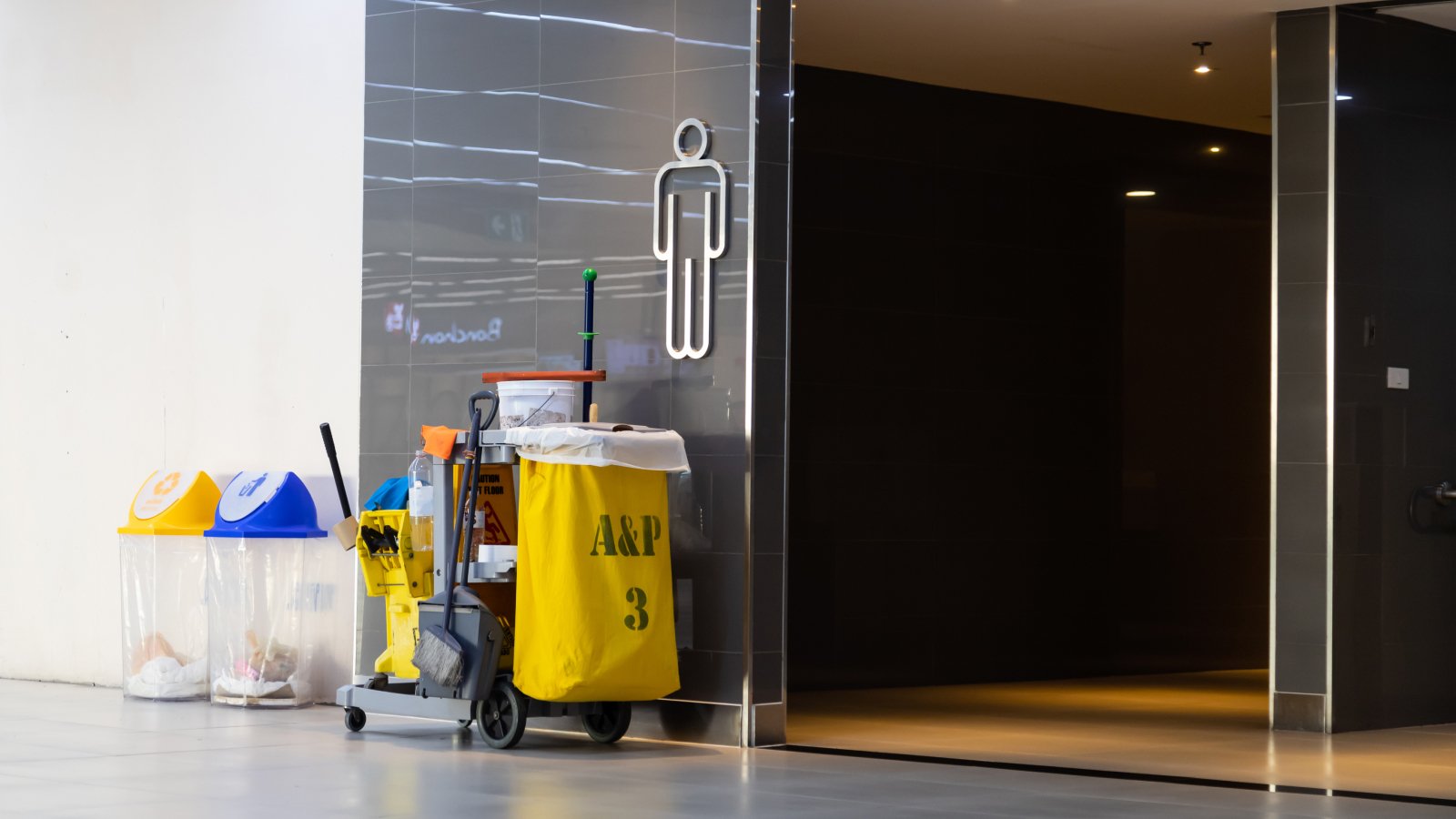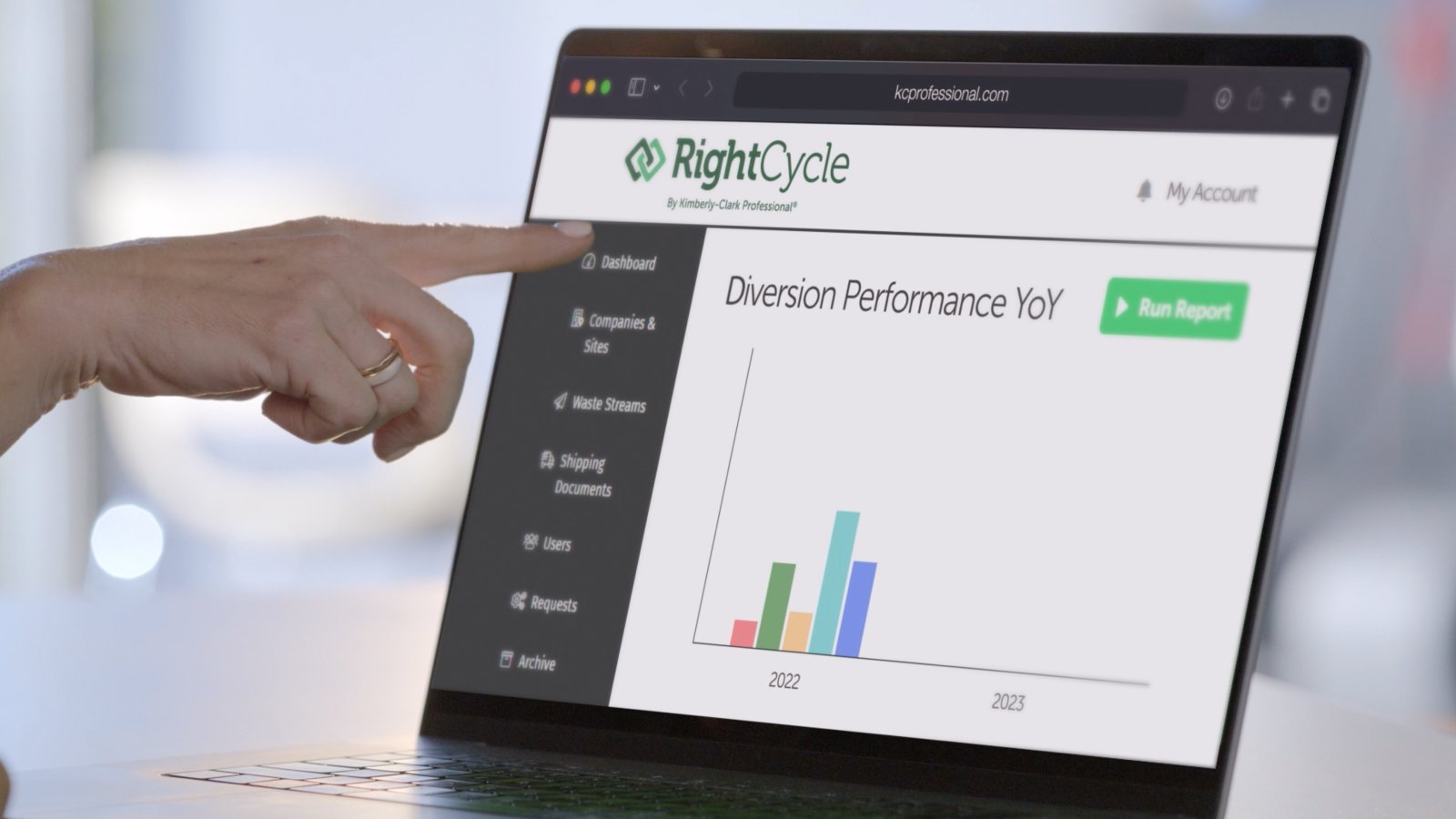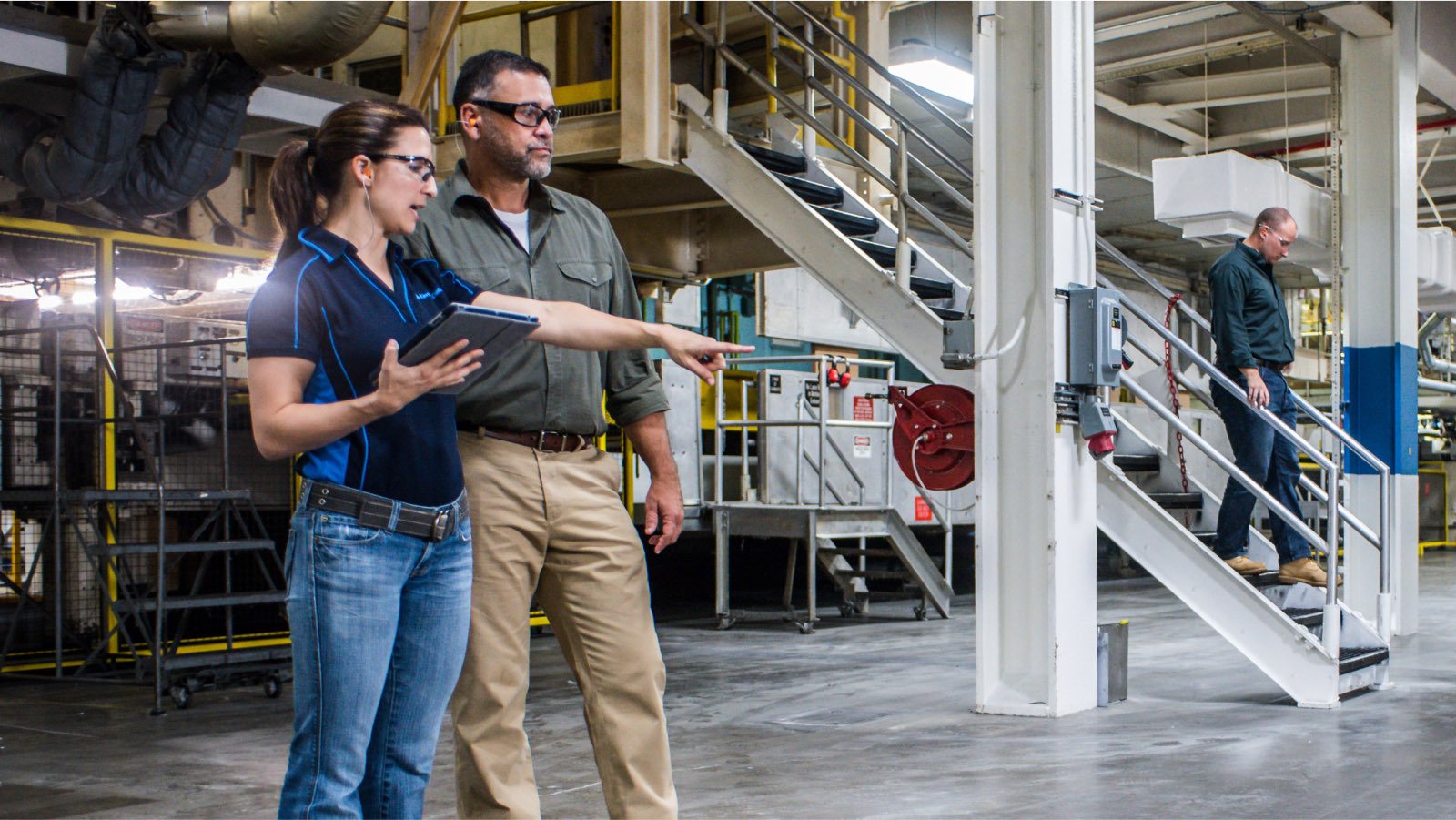Last Updated AUGUST 2022
How Smart Restrooms Help Buildings Adapt to Pandemic Disruptions
As the COVID-19 spike driven by the Omicron variant began to diminish in the hard winter of 2022, states across the U.S. started easing up on pandemic control policies. Governors from California to New Jersey announced the end of mask mandates and other restrictions. The public returned to public spaces.
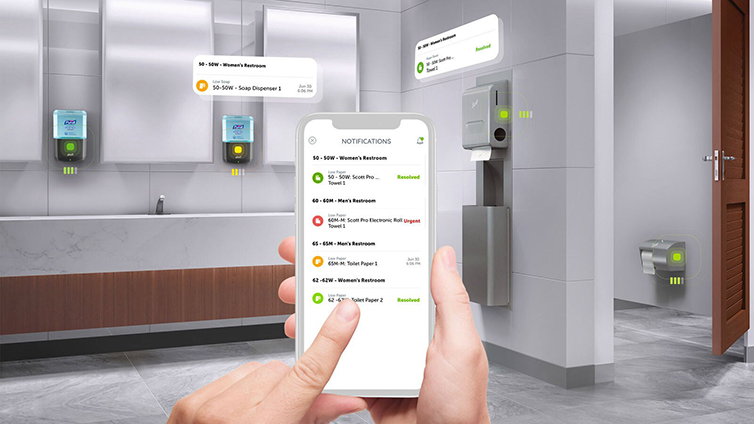
But as we re-enter shared facilities—from office buildings to restaurants to concert venues—we carry with us a newfound concern about health and hygiene. And no part of a public building sends a stronger message about hygiene than the restroom.
Research by Kimberly-Clark Professional found that 75 percent of workers associate bathroom cleanliness with broader hygiene standards throughout the building. Unclean bathrooms suggest unhygienic buildings, which remind us of health risks; we have a higher expectation of cleanliness than we did in 2019. And it’s not just surveys that suggest this trend. It’s there in the behavioral data, too. Data collected by Onvation (Kimberly-Clark Professional’s connected software solution for smart restroom servicing) shows that public-restroom visitors used twice as much soap and a quarter more hand towels in the first 12 weeks of the pandemic - habits that are hard to break.
Meanwhile, labor shortages are making it tougher to keep cleaning departments fully staffed. Facility managers have to do more with less. So where can they turn to improve restroom cleanliness (both actual and perceived), helping to ease the broad transition back into public life?
A more positive trend offers an answer: Over the past few years, the cost of sensors and connectivity technologies have come down dramatically. That makes the Internet of Things more widely available—and IoT is key to achieving the spotless restrooms a nervous public expects.
Exploring IoT in Restroom Management
Smart building technologies are well-known for reducing energy usage; think of automated lighting controls and HVAC systems. And building automation and control systems (BACS) deliver powerful data on everything from space utilization to traffic patterns, enabling managers to make smart decisions.
But a new generation of building IoT systems—smart restroom technology—can also ease occupants’ concerns over health and hygiene. Learn how smart restrooms can make buildings more hygienic by downloading this free whitepaper from Memoori and Kimberly-Clark Professional: free-whitepaper
A smart restroom connects multiple devices and applications into a comprehensive system for on-demand washroom management:
● Connected dispensers for soap, hand towels, toilet paper, and other products keep a running tally of contents and alert staff when it’s time for a refill (or a fresh battery).
● Non-intrusive traffic counters register occupancy, measuring facility usage in real-time.
● Cloud-based platforms receive device data and organize it into actionable insights.
● Mobile apps maintain constant connection with cleaning staff, allowing them to replenish products and clean facilities proactively.
● Data analytics platforms give managers the visibility to improve services continually.
This real-time visibility allows cleaning staff to respond instantly, rather than waiting for the next scheduled cleaning (and exposing visitors to a mess). Instead of cleaning according to the clock, you can attend to your bathrooms based on usage, generating notices after a certain number of visitors per restroom.
You’ll know when materials are running low, so occupants never face an empty towel dispenser—or, worse, a lack of toilet paper! And because these systems track product usage, they help to eliminate waste, improving both sustainability and the bottom line. Altogether, smart restroom providers, like Onvation by Kimberly-Clark Professional, point out three distinct benefits to the technology:
● More hygienic facilities. By enabling responsive and preventive service, smart restrooms offer a better, cleaner experience—and reduce complaints significantly.
● Operational adaptability. When you know which restrooms people are using, you can focus cleaning efforts where they count. And cleaning crews can respond to changing restroom conditions in the moment. Smart restroom platforms also integrate with other building IoT systems for a flexible, customized building management architecture.
● Greater efficiency. Smart restrooms help improve workforce efficiency, offering the real-time data you need to make the best use of limited labor. They also help you optimize material stocks, significantly reducing waste. Together, these efficiency benefits translate into serious cost savings.
Ultimately, however, the real reason smart restrooms are taking off is simple: People want clean facilities, now more than ever. Smart restrooms help building managers maintain that cleanliness, contributing to the sense of safety we need to rebuild a public life amid pandemic disruptions.
Workplace Insights blog by Juliet Hollyhurst, Onvation Operations Leader, Kimberly-Clark Professional
Editor’s Note: This article was originally published by Realcomm Edge magazine in its Spring 2022 issue.










